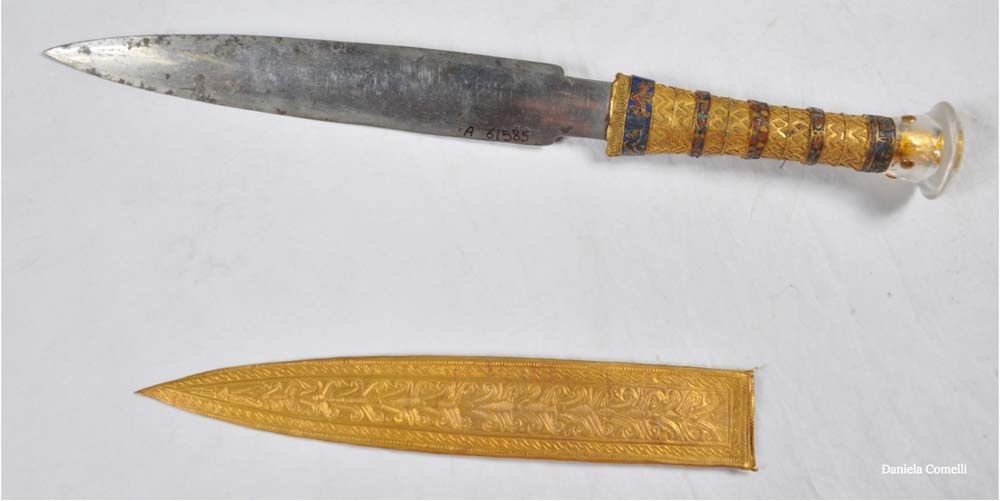via The Observer by Kevin McKenna

The Ring of Brodgar, a Unesco world heritage site.
Photograph: Alamy Stock Photo
The story started, one anointed day in March 2003, with a curious stone slab on a finger of Orkney hemmed in by seas. Nick Card, of the University of Highlands and Islands Archaeology Institute, remembers that it was a typically cold and wet day. He was accompanied by his departmental colleague, Professor Jane Downes, and Julie Gibson, the county archaeologist. What they encountered that day has changed their lives and changed Orkney. Ness of Brodgar was a sacred place that defined the passage of time.
Continue reading
=============================
via Big Think by Paul Ratner

Like a cycle that comes back around almost a thousand years later, modern terrorism has historical roots in a notorious sect of medieval assassins from Syria and Persia (modern-day Iran). In fact, the word “assassin” comes from “hashishin”, the Arabic nickname for this group’s most rabid followers, which meant “users of hashish” or “hashish addicts”. These drug-pumped young men would strike terror into the hearts of the public by killing high-profile targets to further the political goals of the sect’s masters.
Continue reading
=============================
via OUP Blog by Simon Prosser

Suppose you had to explain to someone, who did not already know, what it means to say that time passes. What might you say? Perhaps you would explain that different times are arranged in an ordered series with a direction: Monday precedes Tuesday, Tuesday precedes Wednesday, and so on. But if time passes and space does not, then this cannot be the whole story. After all, locations in space are also ordered: London is to the north of Paris, Paris is to the north of Marseille, and so on. And even if space had an intrinsic direction, this would not make it the case that space passed. A direction only requires that there be an asymmetry; but a mere asymmetry would not explain the notion of passing.
Continue reading
=============================
via Boing Boing by Cory Doctorow
The 8-Bit Guy's 15-minute explainer on floppy discs is a great potted history of 80s- and 90s-era storage media (it follows his segment on tape-drives) and the way that competitors learned from each others' mistakes and dead-ends, and engineered clever solutions to one of computing's most serious challenges. (via Motherboard)
Continue reading
=============================
via OUP Blog by Edwin Battistella
Anthropologist Edward Sapir once wrote, ‘unfortunately, or luckily, no language is tyrannically consistent. All grammars leak.’ Sapir was talking about the irregularities of language. For me, this leakiness is especially evident in what I think of as doppelgrammar words.
Many of our most common words have come to serve more than a single grammatical role, so a word serving one part of speech will often have a homonym – a grammatical doppelganger – that serves as a different part of speech. Often this arises from what is called functional shift, when we take a noun and make it into a verb as in ‘to adult’ or ‘to gym’. This shiftiness makes it hard, and perhaps impossible, to think of a word as having just one categorization.
Continue reading
=============================
by The Chirurgeon’'s Apprentice

I never feel more alive than when I am standing among the rows and rows of anatomical specimens in medical museums around London. In one jar floats the remains of an ulcerated stomach; in another, the hands of a suicide victim. Cabinets are filled with syphilitic skulls, arthritic joints, and cancerous bones. The unborn sit alongside the aged; murderers occupy the same space as the murdered.
Continue reading
=============================
via Boing Boing by Andrea James

French cinematographers BigFly took their drone into Byzantine cathedral Église Saint-Louis de Paimbœuf, and the breathtaking results are almost otherworldly.
The level of skill required to pilot a drone indoors is beyond most operators’ capabilities, especially in a building filled with historically significant art. They make this very difficult task seem very easy.
Continue reading
=============================
via OUP Blog by Edward Scarth
When looking at the use of drugs in modern medicine, specifically anaesthesia and intensive care – it is important to realise that this is nothing new at all. The first attempts at general anaesthesia were most likely herbal remedies and opiates, evidence of which has been found as early as the third millennium BCE. Antiseptics, from the Greek words anti (against) and sepsis (decay) were also used in ancient times – with the Egyptians using resins, oils, and spices to preserve bodies, and the Greeks and Romans quickly realising the antiseptic properties of honey, vinegar, and wine.
Continue reading
=============================
via 3 Quarks Daily by Libby Bishop
"Descending tetrachord?" Neither one of us had a clue. The descending tetrachord is one of many musical mysteries my husband and I have faced as we have listened and watched Professor Craig Wright’s course, Listening to Classical Music, on YouTube from Yale University. Professor Wright is a self-described old white guy, talking about dead (mostly) white guys, to (mostly) rich kids, about a (supposedly) dead musical genre. It should be as exciting as watching gravy congeal. But instead, it is intelligent, instructive, entertaining, funny, and moving.
Continue reading
==============================
via Boing Boing by David Pescovitz

New analysis of the dagger buried with King Tut confirms that the weapon was made from an iron meteorite. They used X-ray fluorescence spectrometry to study the dagger, found on Tut’s mummified body by Howard Carter in 1925. Daniela Comelli of Milan Polytechnic's department of physics and her colleagues have even identified the most likely meteorite used to forge the dagger.
Continue reading
No comments:
Post a Comment